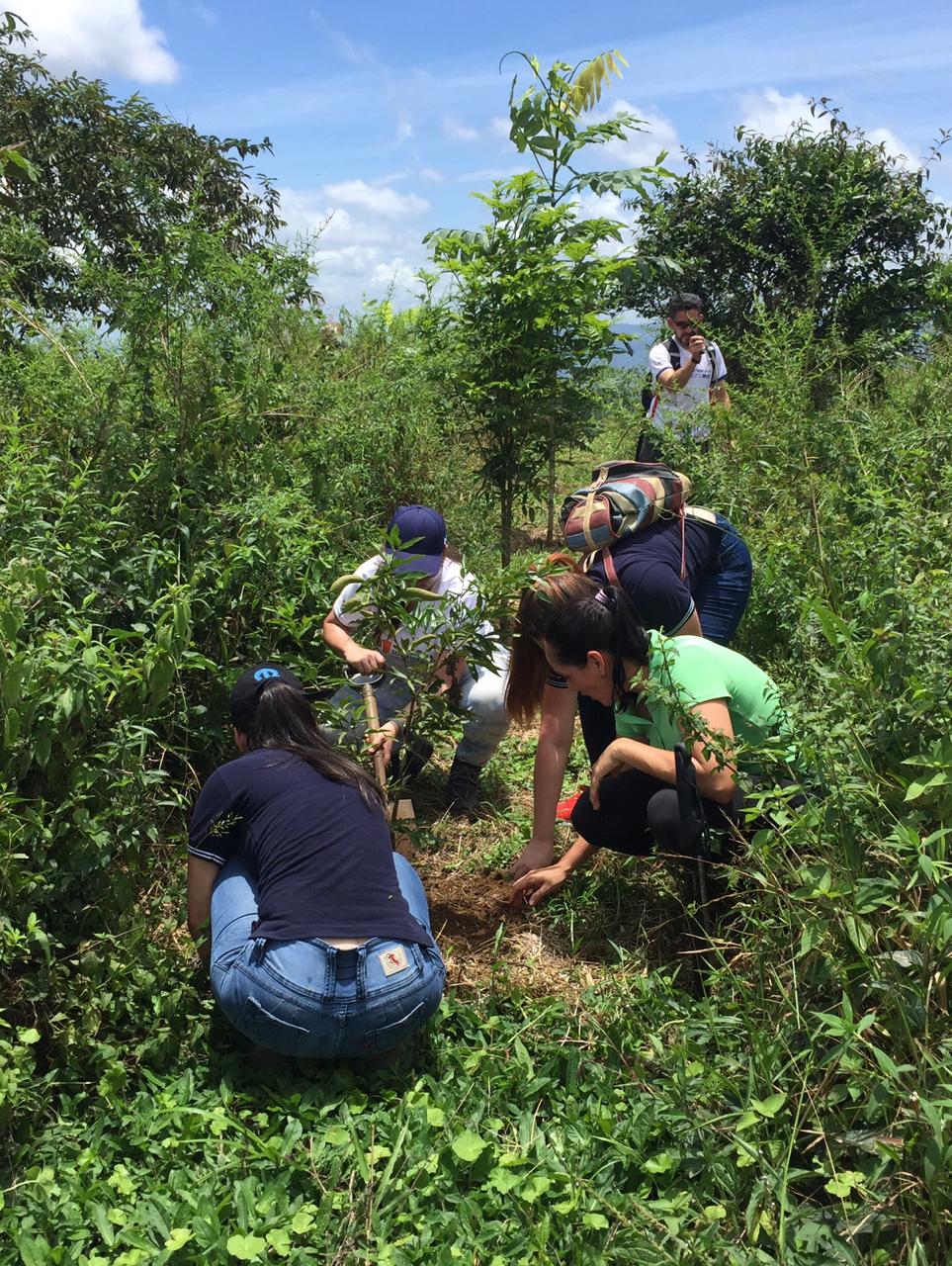Bosque La Tigra owns 46 hectares of primary and secondary forests, as well as regeneration areas, as relicts of what used to be passion fruit plantations. Bosque La Tigra adjoins the Children Eternal Rainforest, Costa Rica’s biggest private reserve, with 23.000 hectares. For the Project, this location is a strategic element of the reserve work.
Bosque La Tigra has intended to foster the ecological connectivity of both reserves by conserving the forest and also, by actively restoring the regeneration areas of the reserve with native trees. For this purpose, the project designed a reforestation sequence for the regeneration areas. Eventually, the area will enter into an ecological succession process and foster ecological connectivity with the Children Eternal Rainforest.
At least 40 different species of native trees and bushes have been identified to plant in the regeneration areas. The Project has established a tree nursery that reproduces trees and seedlings from the same primary and secondary forests of the reserve and has a capacity for 700 seedlings and plants.
Between 2017 and 2020, a total of 4500 trees were planted. Every reforestation effort is supported by the voluntary work of students, companies’ employees, national and international tourists, and Bosque La Tigra staff.
